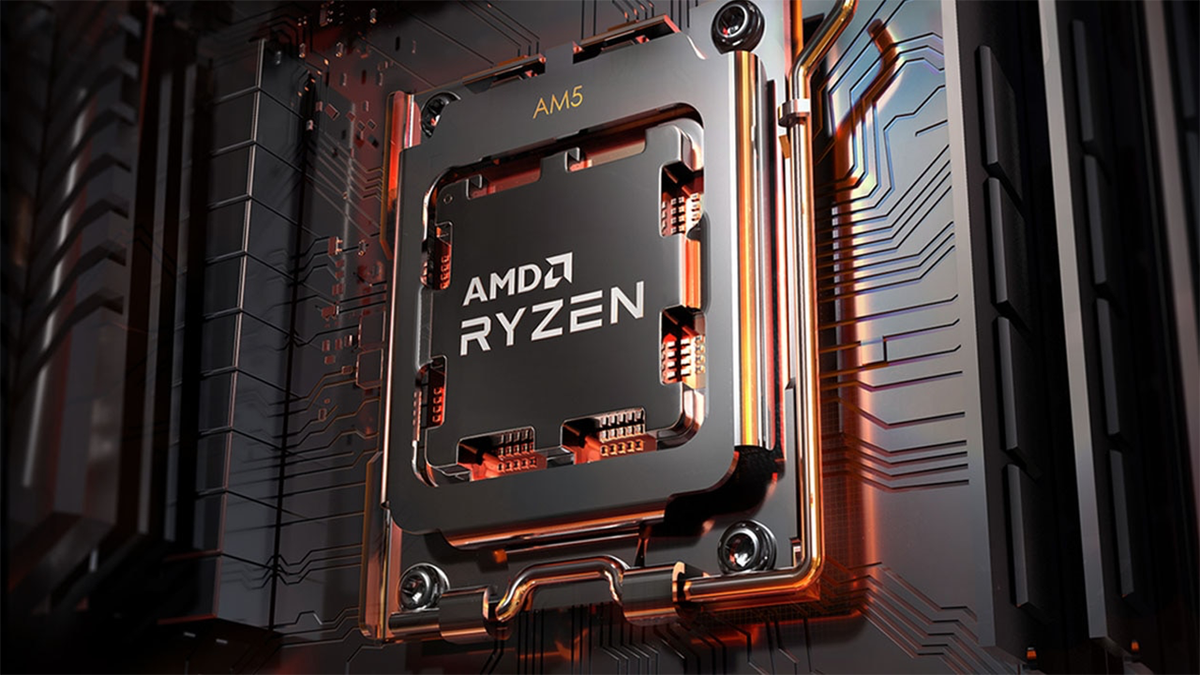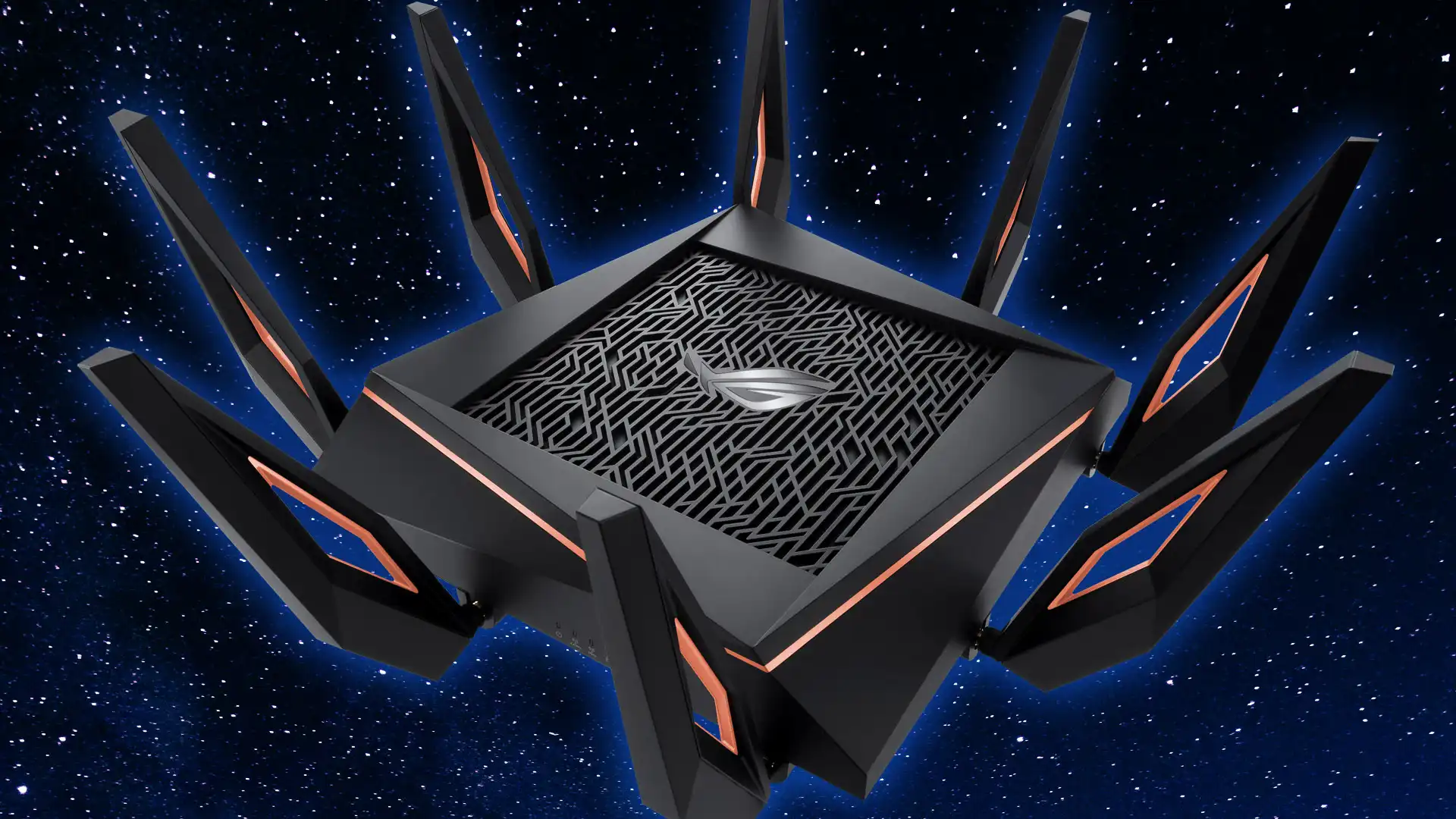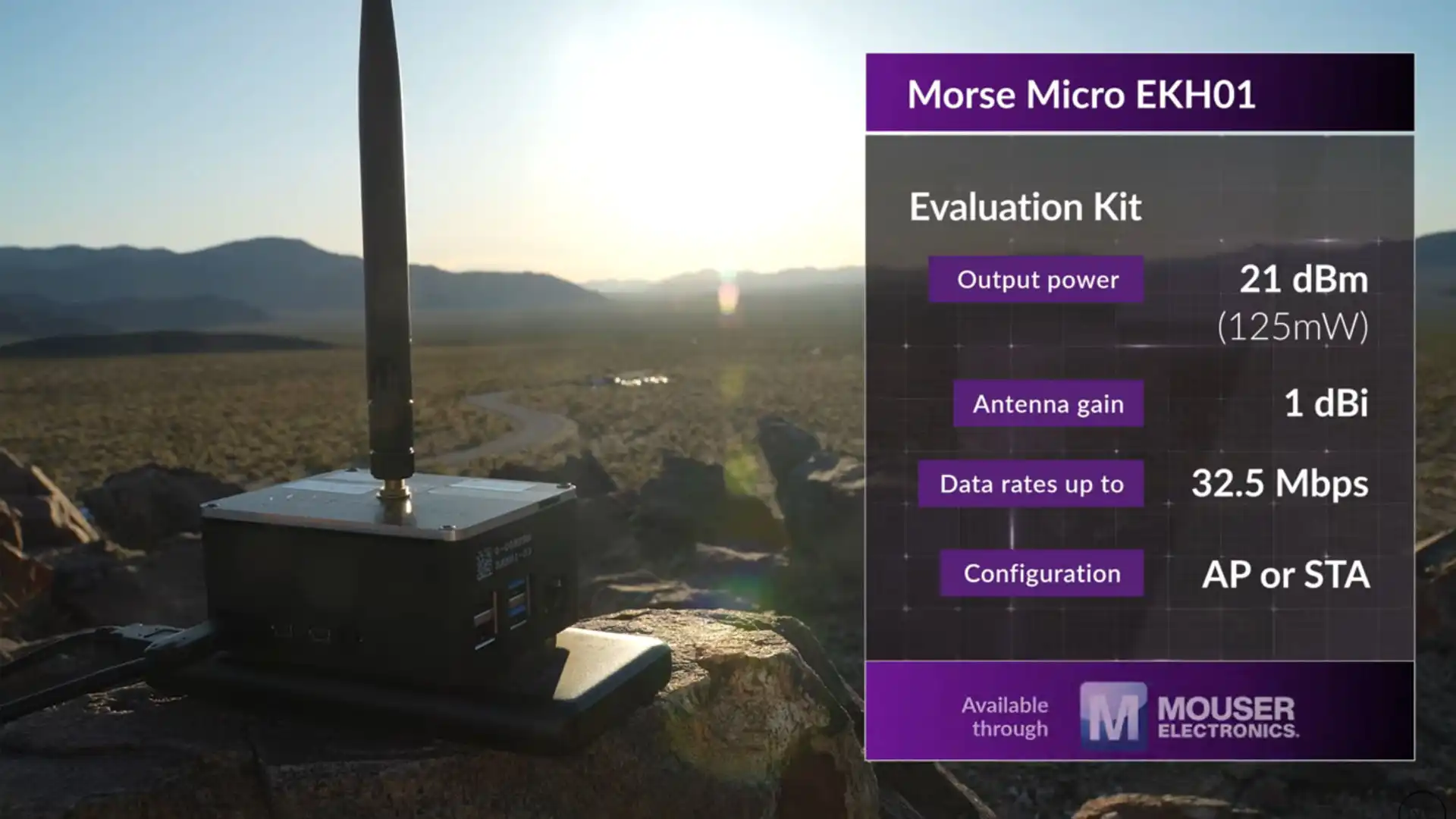
CES serves as the grand stage where tech titans showcase their innovations, and AMD did not disappoint this year. Amidst the glitz and glamour, AMD dropped a surprise that echoed with resilience – new CPUs for the AM4 socket, continuing its remarkable run of seven years of active support. According to Woligroski, the expansive installation base played a pivotal role in the decision to extend support for AM4, introducing the Ryzen 7 5700X3D and three other chips. While the AM5 solution sets the stage for the future, AM4 will persist for the time being. The looming question remains: when will this support journey conclude? Speculations point toward a potential halt when the cost dynamics of producing or sourcing older DDR4 memory surpass that of DDR5.
Shifting focus to the AM5 socket, home to AMD’s latest consumer desktop chips, market forces dictated a delay in the launch of the combined APU designs. The Ryzen 7000 CPUs, featuring enhanced integrated graphics through the RDNA 2 architecture, faced this delay. However, the advent of DDR5 ushered in a new era of graphics prowess. The Ryzen 8000 series, equipped with RDNA 3 integration, promises even greater graphics performance. The flagship chip, Ryzen 7 8700 G, boasts access to a Radeon 780M graphics core.
But what about the Neural Processing Units (NPUs) enhancing AI capabilities, embedded in select AMD laptop and desktop chips? Why invest heavily in what seems to be an emerging use case? Woligroski answers with a classic chicken-and-egg scenario in PC hardware – if you don’t build the hardware, developers can’t develop it.




